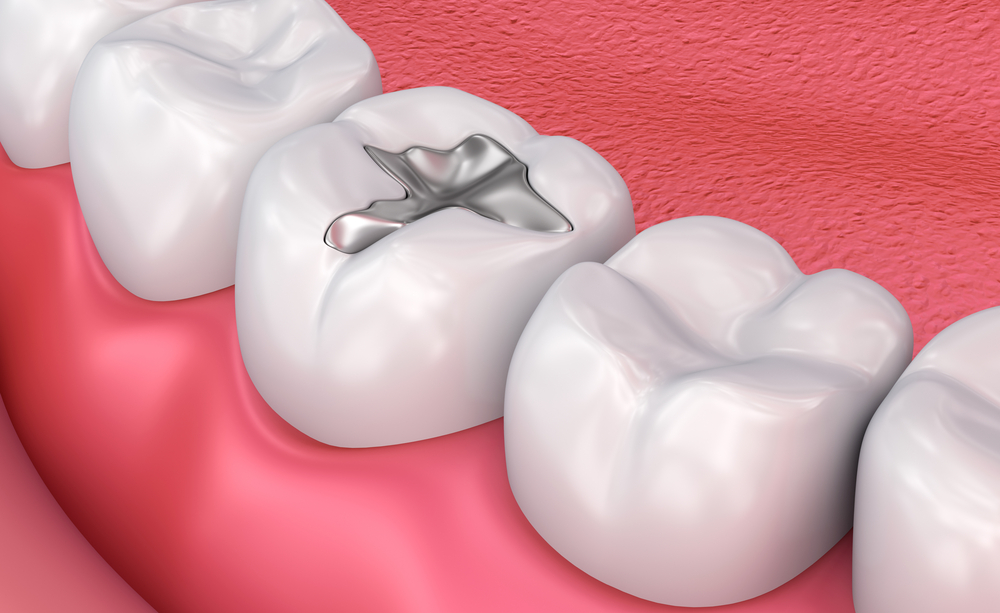How Do You Prevent A Dental Filling From Falling Out?
Do you have a dental filling that’s about to fall out? Are you searching for information about how to care for your dental filling? If so, please continue reading below.
Even though dental fillings are an effective treatment for tooth decay, they rarely last forever. However, there are steps you can take to prolong the longevity of the filling. This article provides information on how to prevent a dental filling from falling out.
- The Importance Of Dental Fillings
- Different Types Of Dental Fillings
- How To Prevent A Dental Filling From Falling Out?
The Importance Of Dental Fillings
When tooth decay is left untreated for a long time, it will spread, passing the tooth enamel and into the soft parts of the tooth. Once the decay reaches the pulp of the tooth, it may be too late for a dental filling.
Extraction might be the only option under such circumstances. That’s why you need to fill a cavity before it becomes too large. Your dentist will remove the affected part of the tooth and fill the space with special dental material.
This material will help to reconstruct the affected tooth to its natural shape. Once completed, the filling will keep away bacteria and prevent further decay of the tooth.
That’s why you need to see a qualified dentist as soon as you know that there is a troublesome tooth in your mouth.
Different Types Of Dental Fillings
Your dentist will consider the size of the decay, location of the decay, and the cost of the process before recommending the best filling material for your decayed tooth.
There are many dental filling materials available today. Amalgam or silver fillings are a mix of different metals. This filling material is ideal to withstand heavy chewing forces. That’s why it’s ideal for molar teeth. The material is resistant to wear.
Your dentist will use amalgam material in areas that are hard to keep dry. This material is less expensive than most of the other filling materials while allergic reactions are also rare.
Gold fillings are made in the laboratory once the impression of the affected tooth is taken by your dentist. Gold is strong and durable is considered the best filling material. It will last for many years to come. However, gold is the most expensive filling material out there.
Porcelain fillings match your tooth colour. It is more resistant to staining compared to a composite material. However, the price of porcelain is much higher compared to silver and composite fillings.
Porcelain fillings aren’t suitable for large cavities because they chip away easily and are less durable.
How To Prevent A Dental Filling From Falling Out?
There are many steps to take to prevent a dental filling from falling out. Here are some steps to take in this regard.
- Brush your teeth twice a day and floss accordingly. Use a fluoride toothpaste.
- Limit your intake of sugary snacks and stick to healthy foods.
- Rinse your mouth with a mouthwash to prevent the accumulation of bacteria.
- Opt for water instead of acidic drinks like soda and juices.
- Limit foods that stain the teeth such as tobacco, tea, and coffee.
- Avoid chewing ice and biting hard foods.
- See a dentist once a year for an annual check-up.
Are you searching for a reliable dental clinic in Taylors Lakes Australia for a dental implant procedure? If so, then look no further than Gardens Dental.
Gardens Dental offers a full array of dental services in Taylors Lakes and Caroline Springs to help you and your family maintain healthy teeth.
To learn more about our services or make an appointment, please contact us today on (03) 9449 2626 or through our website.



